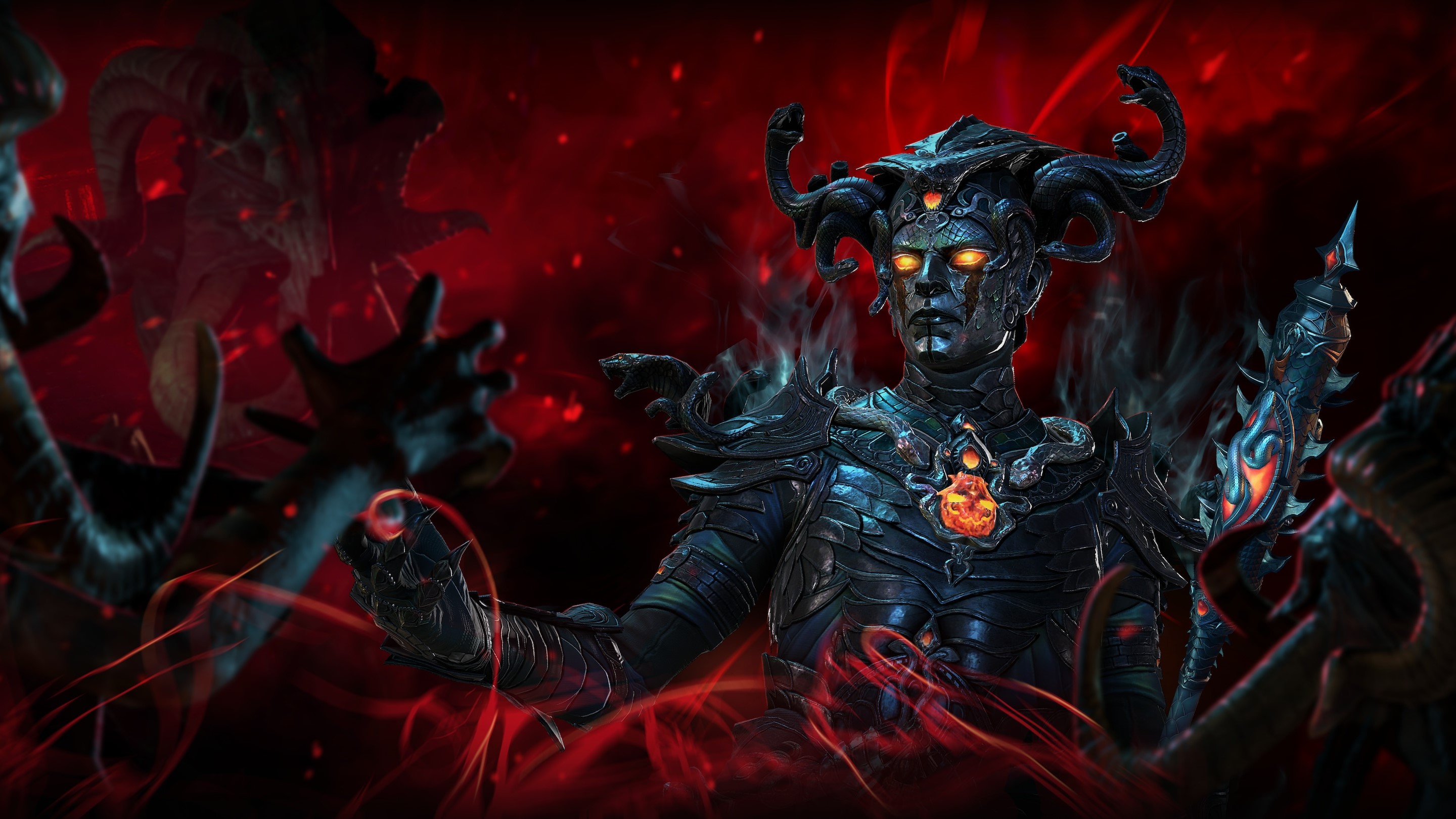Surface Dial Review
Is the $99 Surface Dial worth it even for non-artists? Let's find out in today's review
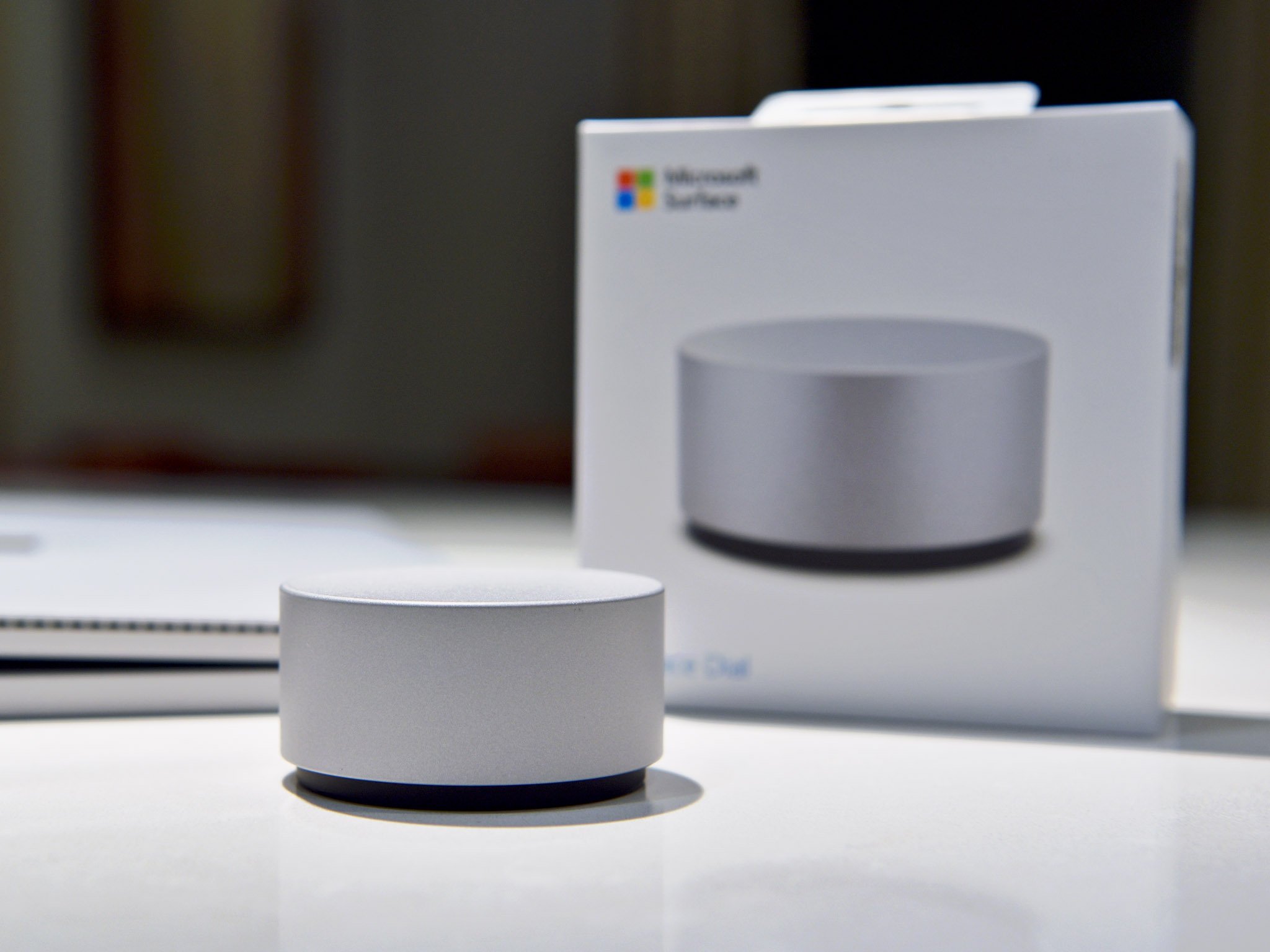
Microsoft's Surface Dial is a new accessory that non-creatives may not much need, yet it intrigues anyone who sees it. The Windows 10 add-on has a ton of potential for artists, engineers, and maybe even you soon.
Why is it so cool? I look at what the Surface Dial can do today with an eye on the future.
What it is
The Surface Dial is a small, Bluetooth-enabled…well, dial. Think of it as an accessory, or a secondary – or even tertiary – level of input while using Windows 10.
Who can use it?
The Surface Dial is compatible with any Windows 10 PC running the Anniversary Update. Microsoft introduced the world to Surface Dial as an accessory for the Surface Studio but the device pairs and works on any computer with a Bluetooth connection.
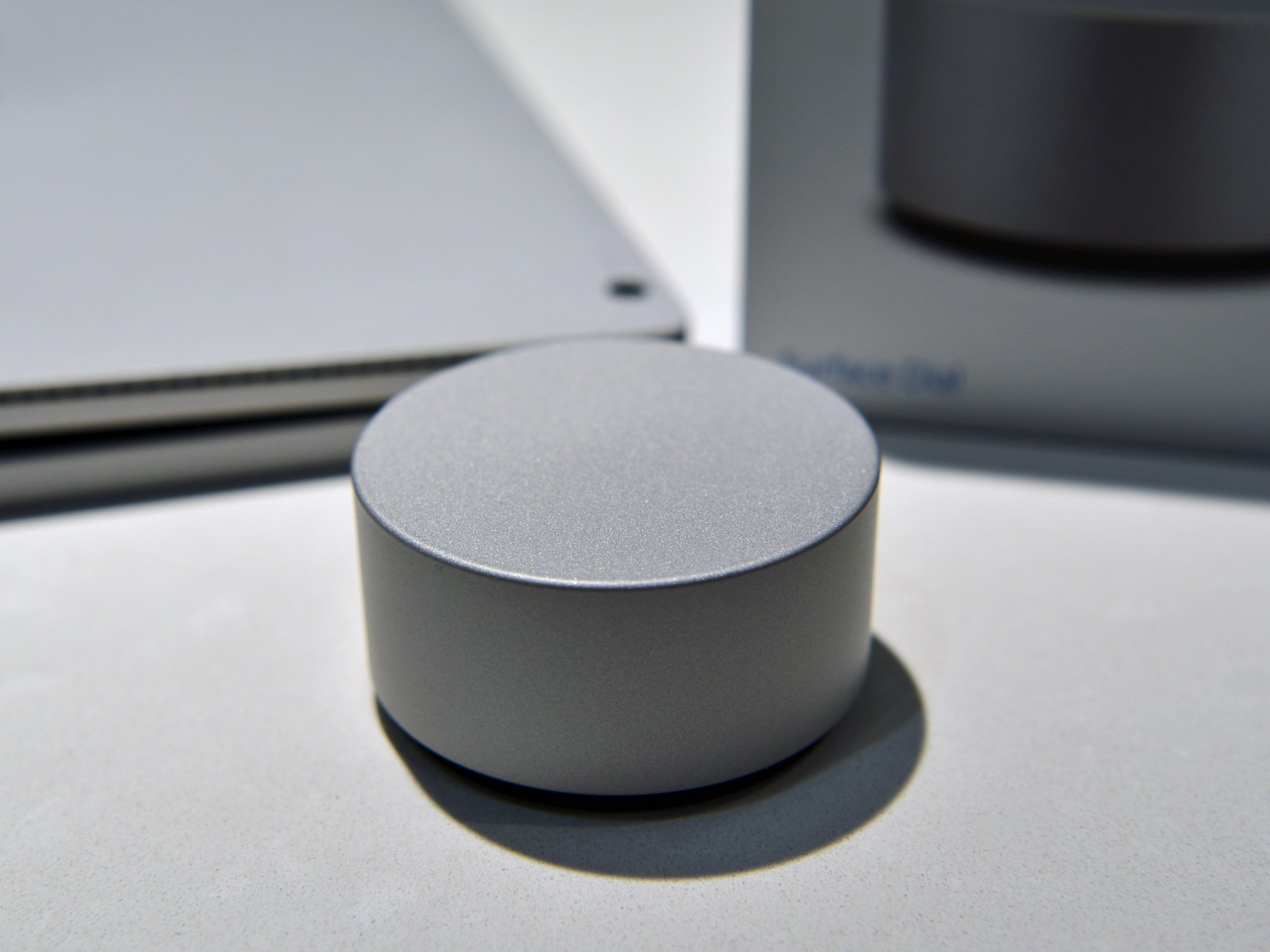
The one current limitation involves using the device physically on the screen. Only the Surface Studio can do that although Surface Book and Surface Pro 4 should also get a firmware update early next year to allow users to place it on their display.
If you do not have a Surface Studio – aka most you – you just put it near your keyboard (preferably the left side if you're right-handed and use a mouse).
What does it do exactly?
The million-dollar question: Why would you need this? Surface Dial is primarily aimed at artists, engineers, and graphic designers. The device lets users call up pen, paint, brush, and measuring tools without lifting and moving the pen off the display. In short, it's an aide for drawing or creative shortcuts.
Get the Windows Central Newsletter
All the latest news, reviews, and guides for Windows and Xbox diehards.
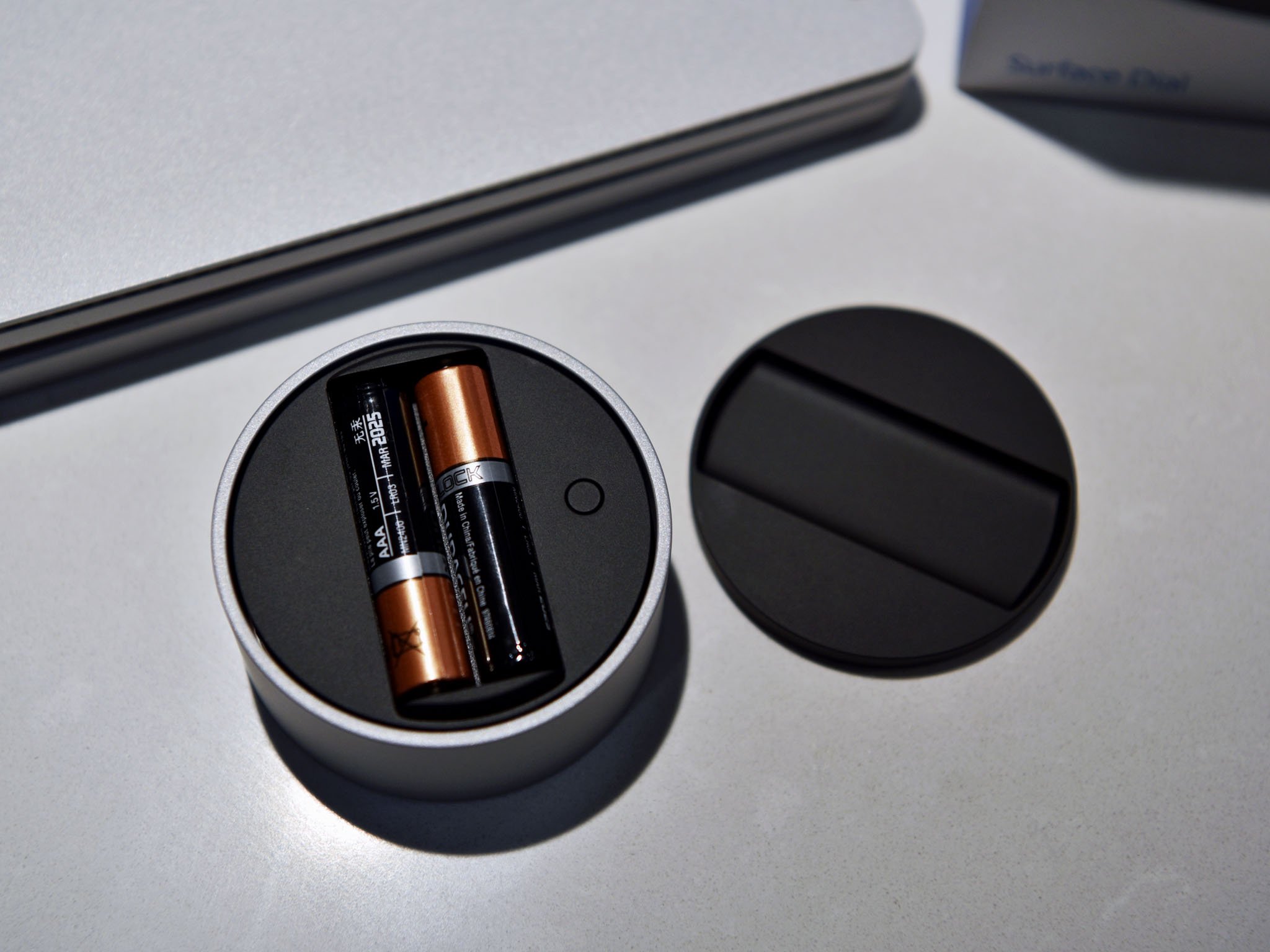
The kicker is that any app can support Surface Dial. Microsoft has open APIs for the device so that a developer can add support and specific functions unique to their app. That means there is a lot of potential here that will take a few months to be realized.
What apps support it?
Right now, Surface Dial supports the following apps:
- Bluebeam
- Drawboard
- Mental Canvas
- Sketchable
- Smith Micro
- Spotify
- Staffpad
- Windows (limited system interactions)
- Word, PPT, Excel (desktop versions)
- OneNote (UWP version)
- Windows Maps
- Plumbago
- Sketchpad
- Groove Music
- PewPew Shooter
- Microsoft Photos
- Paint
For instance, I'm using Surface Dial on my main PC as I write this review in Word. The Dial lets me scroll the document using my left hand with ease. I can also change functions and enable Zoom, Undo, or control the system volume (good for music).
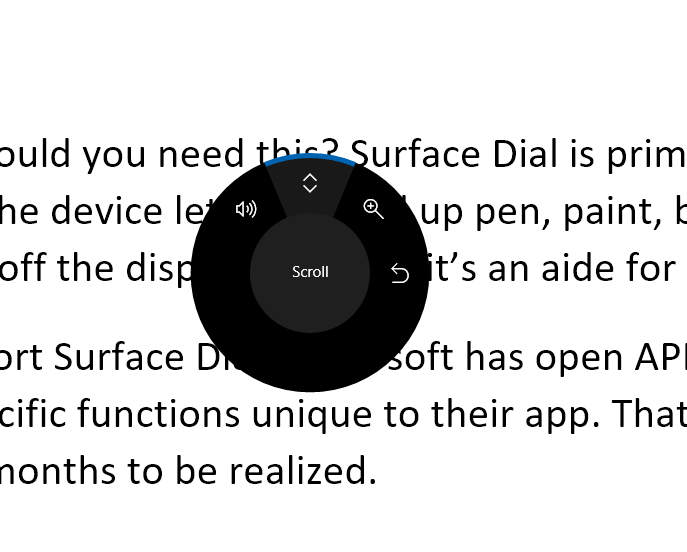
To change features, you just press down on the Dial for one second. The device vibrates and displays an on-screen radial dial with a choice of function.
In Groove Music, you can switch tracks, scrub the track, control volume, or skip to the next track. In Microsoft Edge, you can scroll the web page, zoom, etc. Surface Dial instantly adapts to each app that is currently active with new choices set by the developer.
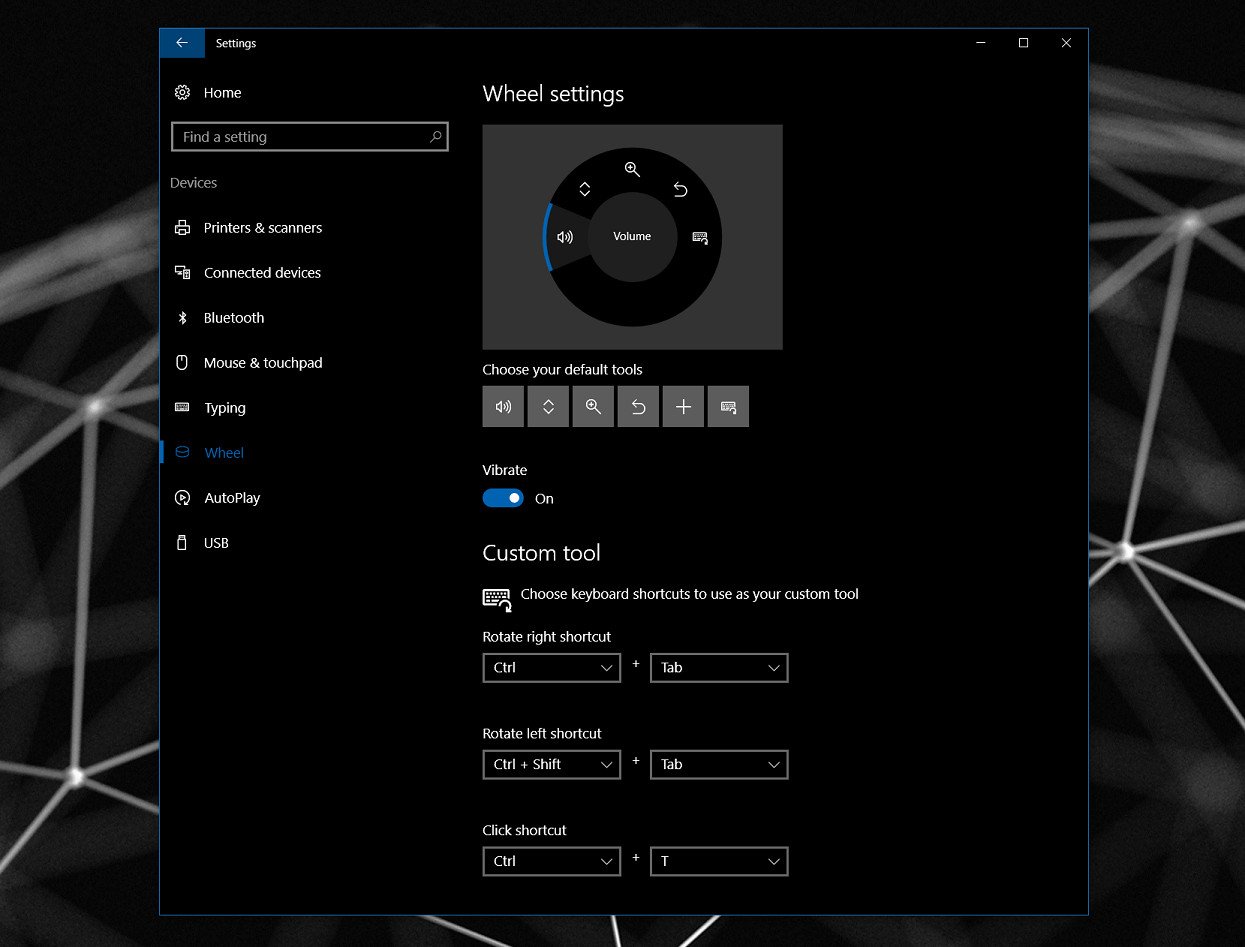
Obviously, for artists Surface Dial does a lot more useful things like pick the paint color, set brush width, zoom, undo, and more.
So, what's the big deal?
You may be wondering why is the non-artist stuff even interesting? Good question. Here is what I can tell you: Surface Dial allows for very fine-grain movement that is more sensitive and accurate than a mouse, keyboard arrows, volume buttons, etc.
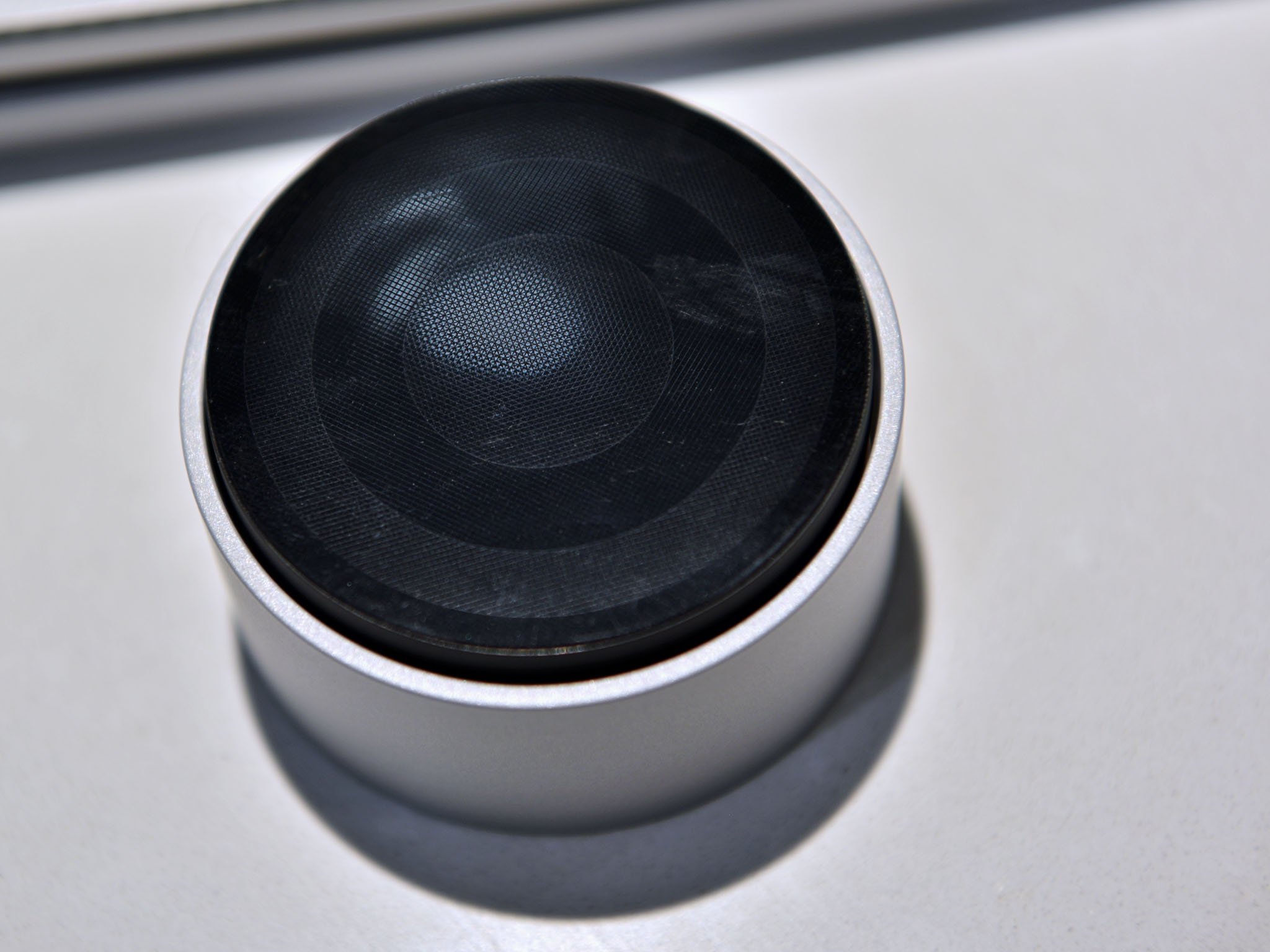
Surface Dial feels like a luxurious knob for Windows 10 that lets you gently scroll, undo, navigate and more. While not an essential tool it's one of those 'nice to have' features for your high-end PC setup. In other words, you can make use of it every day for little tasks.
Worth the $99?
I don't need to convince the artists, engineers, and designers out there that they want to buy Surface Dial. There are other similar devices on the market already for those fields, and Surface Dial is just a new take on an old idea for those who draw on their PC or Surface.
At $99 Surface Dial is a simple add-on that takes two AAA batteries and easily pairs with any Windows 10 PC. For the quality of the device (it's made from aluminum) with its gentle, haptic-enabled feedback $99 seems fair for the Surface line, which has never been cheap or affordable.
Speaking of batteries MIcrosoft estimates that the two AAA batteries will last one year assuming 4-hours-a-day of regular usage. Some question why the Dial is not rechargeable and I think the answer is just really long battery life.
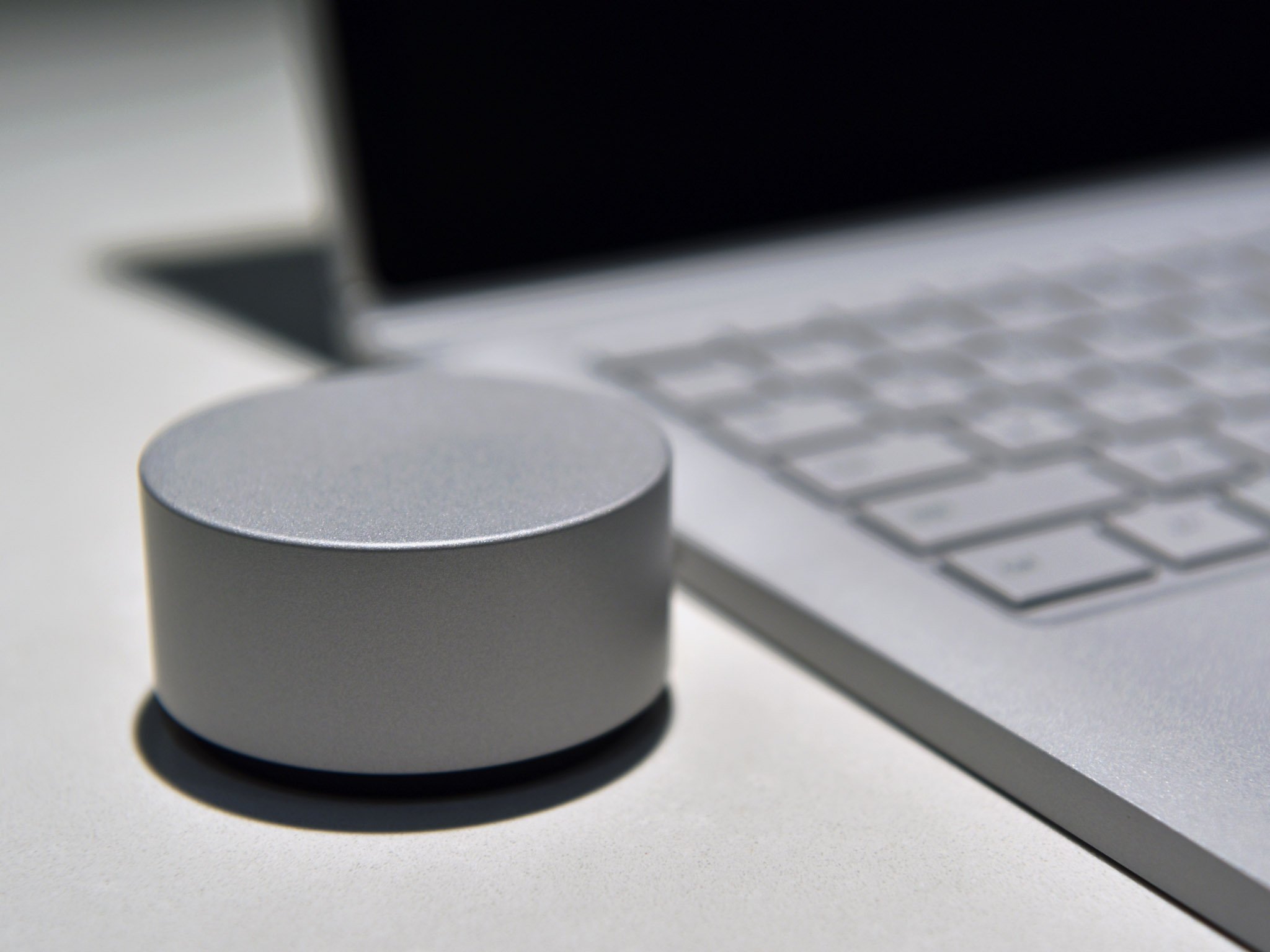
If you do not plan to draw on your PC or use Surface Dial in a professional creative manner, the $99 is harder to justify. I would not classify it as a must-have accessory that will revolutionize your daily activity – and Microsoft is not promoting it as such anyway.
Nonetheless, like a lot of Surface technology, it's just damn cool and fun to use even if you don't' draw.
Developers are just getting started with Surface Dial; there's no reason why we couldn't see support added to non-drawing apps or even light-action PC games. While I doubt there will be a required use for Surface Dial, there is a lot of potential here for this genre, and I'm excited to see what people can do with it.
Artists, get it now. Non-artists, you should only plunk down the $99 if you have nothing better to spend your money on, but keep an eye on what happens next.
Microsoft is taking pre-orders now for Surface Dial for December 15 ship date although your local Microsoft Store may have some already in stock.

Daniel Rubino is the Editor-in-chief of Windows Central. He is also the head reviewer, podcast co-host, and analyst. He has been covering Microsoft since 2007 when this site was called WMExperts (and later Windows Phone Central). His interests include Windows, laptops, next-gen computing, and wearable tech. He has reviewed laptops for over 10 years and is particularly fond of 2-in-1 convertibles, Arm64 processors, new form factors, and thin-and-light PCs. Before all this tech stuff, he worked on a Ph.D. in linguistics, performed polysomnographs in NYC, and was a motion-picture operator for 17 years.
